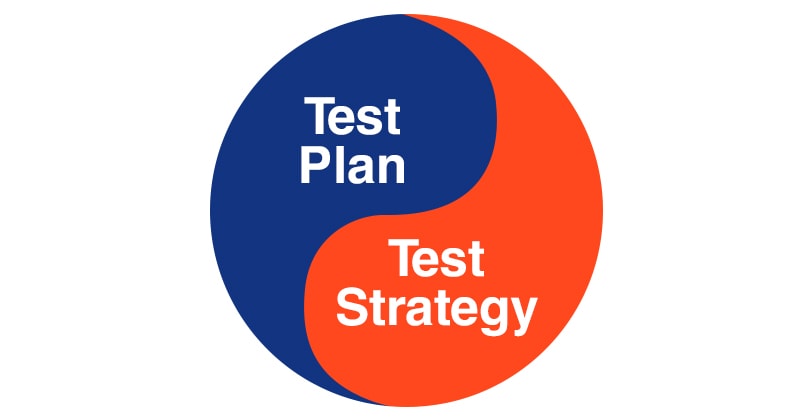
Test Plan and Test Strategy are documentation used for the arrangement and execution of QA (Quality Assurance) activities. These documents are not similar ones, but they are interrelated. Let’s review the specifics of both to understand the difference between them.
Specifics of Test Plan
The main purpose of Test Plan is to describe and specify all the QA activities. It outlines the following aspects of the QA project:
- testing scope, e.g., features to be verified and not to be tested
- test estimation
- test objectives
- testing approaches and techniques
- required resources, e.g., software and hardware
- schedule of testing activities
- testing roles and responsibilities
- test deliverables, etc.
Test Plan is a blueprint for a testing process. It is based on SRS (Software Requirement Specification). Test Plan is unique for every testing project. Either QA Team Lead or QA Manager prepares Test Plan. It can be changed if required. Test Strategy can be a part of the Test Plan if a project is small. Here is the example of the Functional Test Plan and Performance Test Plan.
The preparation of Test Plan includes the following steps:
- Analysis of software specifics, target users, and market niche
- Development of Test Strategy (for small projects)
- Determination of test objectives
- Identification of test criteria
- Planning of resources including materials, equipment, and human resources
- Setup of a test environment
- Preparation of test estimation and scheduling
- Determination of test deliverables
Every step has its own specifics and techniques to be applied.
Specifics of Test Strategy
Test Strategy is high-level test documentation. Its main purpose is to describe how to conduct testing activities. It is a guideline for a testing procedure - it explains how testing activities should be done in order to accomplish a specific goal. Test Strategy is based on BRS (Business Requirement Specification).
As it was mentioned before, Test Strategy can be a part of the Test Plan in the case of small projects. But in the majority of cases, it is developed at the level of the whole company, and it can be used for different projects. Test Strategy is a static long-term plan. It specifies general approaches of the company to software testing. Project Manager prepares Test Strategy.
Test Strategy covers the following project aspects:
- test objectives
- test environment
- tools to be used
- reporting structure
- release control
- communication strategy
- risk analysis
Test Strategy includes the section about entry criteria that predefine what activities should be done before the start of testing. It also specifies exit criteria that define when to stop testing.
Conclusion
Test Strategy describes the most essential aspects and principles of the testing process. Basing on the Test Strategy, project stakeholders monitor the progress and status of software testing.
Test Plan defines what steps should be done in order to ensure proper quality assessment and to reach the testing goals.
